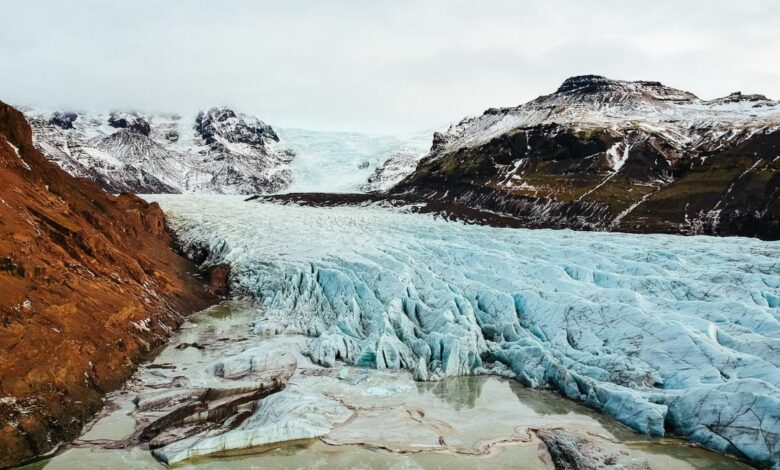Ancient viruses in glaciers show adaptations to Earth’s changing climate

Glaciers have long served as nature’s deep freezers, preserving the physical signatures of past climates and the genetic blueprints of ancient life forms, including viruses. As the planet’s climate continues to change, scientists are increasingly looking to these frozen archives to understand how pathogens have historically responded to environmental changes. By studying viral genomes extracted from glacial ice, researchers at Ohio State University have discovered how these ancient viruses have adapted to Earth’s fluctuating climate over the past 41,000 years.
A look at ancient viral communities
The team, which included microbiologists and paleoclimatologists such as Lonnie Thompson, Virginia Rich, Matthew Sullivan and Ellen Mosley-Thompson, focused their efforts on the Guliya Glacier on the Tibetan Plateau. This glacier is an invaluable resource, with layers of ice that have recorded the genetic material of viruses from different periods in Earth’s history. The researchers drilled into the glacier and collected ice cores representing nine different time intervals spanning more than 41,000 years. As highlighted in a studypublished by The Conversation, by analyzing the viral genomes in these samples they were able to trace the evolution and adaptation of viral communities through three major cold-to-warm cycles.
Their analysis led to the recovery of 1,705 viral genomes, a discovery that significantly expands the known catalog of ancient viruses preserved in glaciers. Remarkably, only about a quarter of these viral species show any similarity to viruses previously identified in global metagenomic datasets. This suggests that many of the viruses found in Guliya Glacier may have originated locally, highlighting the region’s unique viral biodiversity.
Viral evolution and climate change
One of the study’s key findings was the significant variation in viral communities between cold and warm climate periods. For example, the viral community from about 11,500 years ago, which coincides with the transition from the last ice age to the Holocene, was different from other periods. This indicates that shifts in climate played a crucial role in shaping viral communities. Changes in wind patterns, temperature fluctuations, and other environmental factors likely influenced which viruses were preserved and how they evolved over time.
To dig deeper into these interactions, the researchers used computer models to compare the viral genomes to those of other microbes present in the same environment. They found that many of these ancient viruses frequently infected Flavobacterium, a type of bacteria common in glacial environments. The study also found that the viruses carried auxiliary metabolic genes, which they likely stole from their bacterial hosts. These genes, related to essential metabolic functions such as the synthesis and breakdown of vitamins and amino acids, may have helped the viruses survive in the extreme conditions of the glacier by improving the fitness of their hosts.
Implications for understanding climate change
This research provides a unique perspective on how life has responded to climate change over tens of thousands of years. By studying these ancient viral communities, scientists are gaining valuable insights into how viruses may continue to evolve in response to ongoing global climate change. The findings also highlight the importance of glaciers as repositories of Earth’s climatic and biological history.
As glaciers continue to melt due to current climate change, the genetic material they contain is at risk of being lost. This makes it all the more urgent to study these ancient records while they are still accessible. The work of Thompson, Rich, Sullivan and Mosley-Thompson at The Ohio State University highlights the crucial role of glaciers in revealing the long-term interactions between climate and life on Earth.
Understanding how ancient viruses adapted to past climate conditions can inform future research in virology and climate science. It provides insight into the potential challenges and changes that may arise as the planet’s climate continues to evolve.




